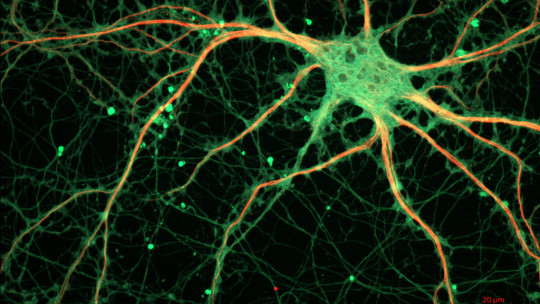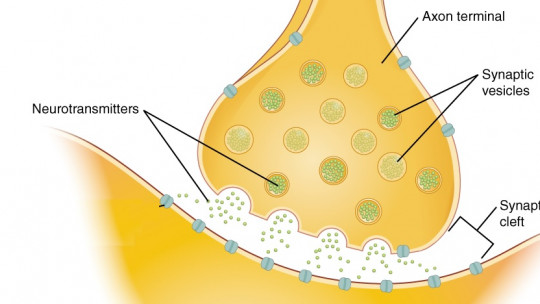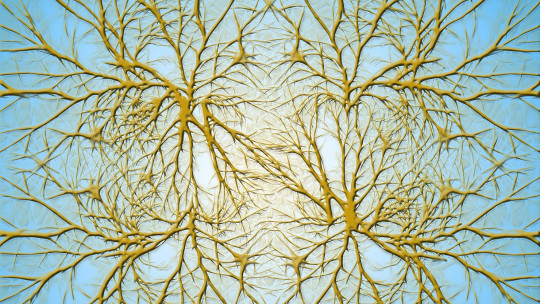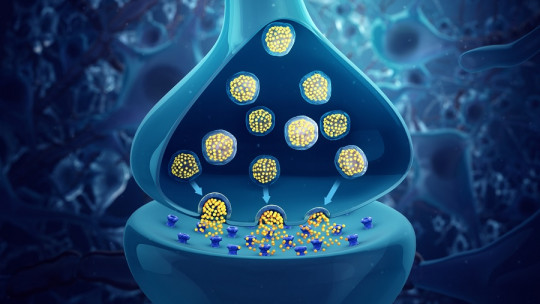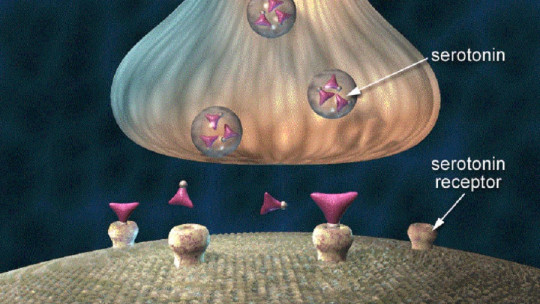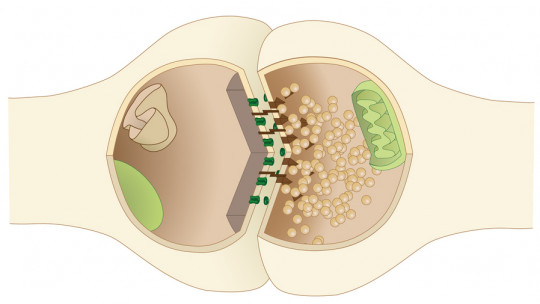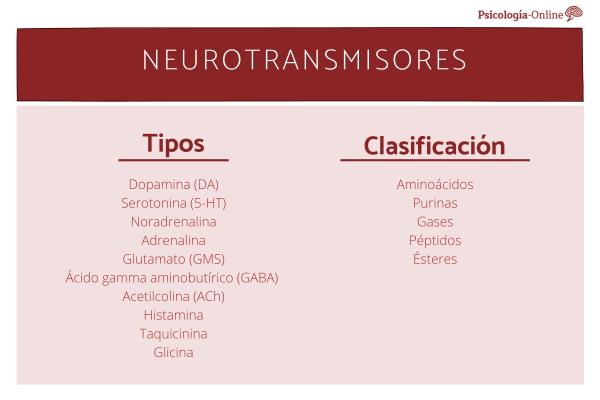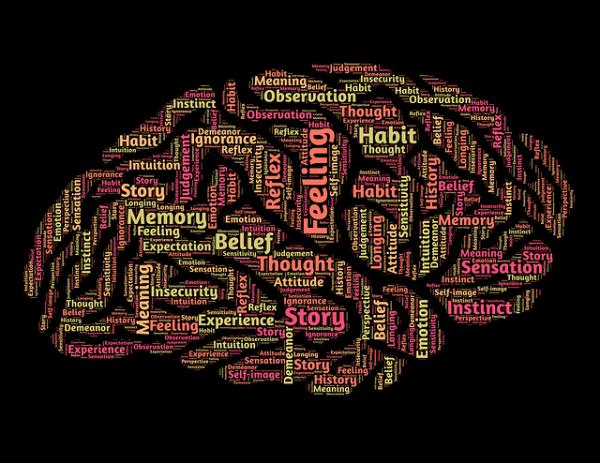
The neurotransmitters They are the chemical substances that are responsible for the transmission of signals from one neuron to the next through synapses. We define neurotransmitters, then, as those molecules that send chemical and electrical information. Neurotransmitters determine human behavior, the perception of our senses and even regulate emotions.
Do you want to know what neurotransmitters are, how many types there are and which one is the relationship between neurotransmitters and emotions? Then we recommend that you continue reading this interesting article from PsychologyFor.
What are neurotransmitters?
We define neurotransmitters as Chemical components which are found in our brain and are responsible for transmitting specific information from one neuron to another. Each neurotransmitter has a different chemical composition that allows them to carry out a specific function in our brain.
These substances are located inside the neuronal cells until the moment the synapse occurs. At that moment, they travel from one neuron to another to transmit one information or another.
In addition to brain neurons, neurotransmitters are also found in the axon terminal of motor neurons, where they stimulate muscle fibers to contract. They and their close relatives are produced in some glands such as the pituitary and adrenal glands.
What is the synapse?
Neurons communicate with each other through their branches (axon). To carry out this communicative act, they use a series of electrical and chemical discharges that drive the neurotransmitters to travel through the synaptic space until they reach the other neuronal cell.
We must keep in mind that in our nervous system, we have billions of neurons these cells form a large network of neuronal tissue with which we receive and transmit information throughout our body.
Can you imagine the complexity of our nervous system? Now that you know what neurotransmitters are, we are going to tell you what their relationship is with emotions.

Types of neurotransmitters that regulate emotions
As we indicated at the beginning of this article, neurotransmitters are capable of regulating our emotions. Although it may seem incredible, sadness, joy and even feelings such as nostalgia or the state of falling in love are born from the interaction of the different neurotransmitters in our brain. Each molecule, in its proper measure, is capable of producing and regulating one emotion or another.
Among the main types of neurotransmitters that regulate emotions we highlight the following:
- Acetylcholine
- Dopamine
- Norepinephrine
- Gaba
- Glutamate
- Serotonin
- Endorphin
Next, we are going to describe in detail what these neurotransmitters are and how they work.
Acetylcholine
Acetylcholine was the first neurotransmitter to be discovered It was isolated in 1921 by a German biologist named Otto Loewi.(1), who later won the Nobel Prize for his work. Acetylcholine has many functions:
- It is responsible for much of the muscle stimulation including the muscles of the gastro-intestinal system.
- It is also found in sensory neurons and the autonomic nervous system, and participates in the programming of REM sleep.
The famous poison botulinum works by blocking acetylcholine, causing paralysis. The botulinum derivative called botox is used by many people to temporarily eliminate wrinkles – a sad chronicle of our times, I would say. On a more serious note, there is a link between acetylcholine and Alzheimer’s disease: there is a loss of about 90% of acetylcholine in the brains of people who suffer from this debilitating disease.
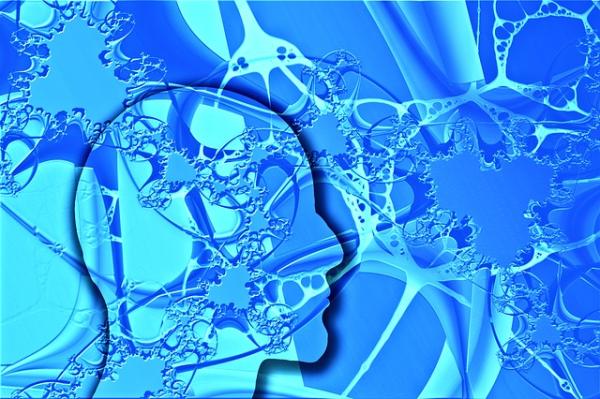
Norepinephrine
In 1946(2)another German biologist whose name was Von Euler discovered norepinephrine (previously called norepinephrine).
Functions of norepyrephrine
Norepinephrine is strongly associated with putting our nervous system on “high alert.” It is prevalent in the sympathetic nervous system, and increases heart rate and blood pressure. Our adrenal glands release it into the bloodstream, along with its relative epinephrine. It is also important for the formation of memories. Stress tends to deplete our adrenaline store, while exercise tends to increase it. Amphetamines (“speed”) work by causing the release of norepinephrine.
Dopamine
Another relative of norepinephrine and epinephrine is dopamine It is an inhibitory neurotransmitter, meaning that when it finds its way to its receptors, it blocks that neuron’s tendency to fire. Dopamine is strongly associated with reward mechanisms in the brain. Drugs like cocaine, opium, heroin, and alcohol promote the release of dopamine, just like nicotine does!
The serious mental illness called schizophrenia has been shown to involve excessive amounts of dopamine in the frontal lobes, and drugs that block dopamine are used to help schizophrenics. On the other hand, too little dopamine in the motor areas of the brain is responsible for Parkinson’s disease, which involves uncontrollable body tremors.
GABA and Glutamate
Next, we are going to define two very interesting types of neurotransmitters: GABA and Gluatamate. Both have very similar functions, however, one is inhibitory and the other excitatory.
GABA
In 1950, Eugene Roberts and J. Awapara discovered GABA (gamma aminobutyric acid), another type of inhibitory neurotransmitter. GABA acts as a brake on the excitatory neurotransmitters that lead to anxiety. People with low GABA tend to suffer from anxiety disorders, and medications like Valium work by increasing the effects of GABA. If GABA is absent in some parts of the brain, epilepsy occurs.
Glutamate
Glutamate is an excitatory relative of GABA. It is the most common neurotransmitter in the central nervous system, and is especially important in relation to memory. Interestingly, glutamate is actually toxic to neurons, and too much would kill them. Sometimes brain damage or a stroke can lead to excess brain damage and end up with many more brain cells dying than the trauma itself. ALS, more commonly known as Lou Gehrig’s disease, is caused by excessive production of glutamate.
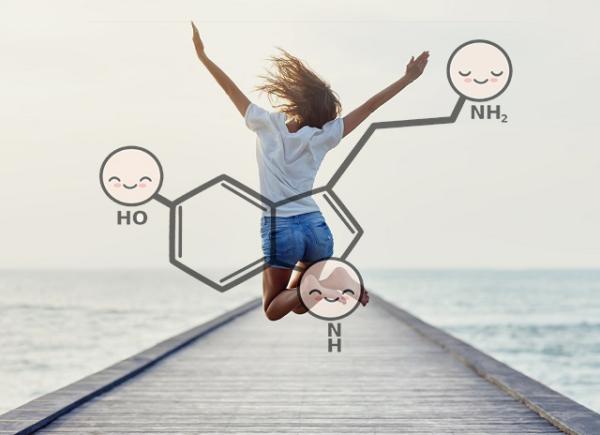
Serotonin
Serotonin has been found to be closely related to emotion and mood Too little serotonin has been shown to lead to depression, problems with anger control, obsessive-compulsive disorder, and suicide. Too little also leads to an increased appetite for carbohydrates (starchy foods) and problems with sleep, which is also associated with depression and other emotional problems.
Prozac and other medications help people with depression by preventing neurons from sucking up excess serotonin, so there is more of it floating around in the synapses. Interestingly, a little warm milk before bed also increases serotonin levels. As mom may have told you, it helps you sleep. Serotonin is a tryptophan derivative, which is found in milk. The heat is just for comfort!
Furthermore, serotonin also plays a role in perception. Hallucinogens like LSD work by attaching to serotonin receptors in the perceptual pathways. If you want to know more about this molecule, we show you the following article about what serotonin is and what it is for.
Endorphin
Finally, to finish this article on the relationship between neurotransmitters and emotions, we will talk about endorphin.
In 1973, Solomon Snyder and Candace Pert of John’s Hopkins discovered endorphin.(3). Endorphin is the short name for “endogenous morphine” (present in heroin). It is structurally very similar to opioids (opium, morphine, heroin, etc.) and has similar functions: it is involved in the reduction in pain and pleasure and opiate drugs work by attaching to endorphin receptors.
It is also the neurotransmitter that helps bears and other animals hibernate. Consider this: Heroin slows your heart rate, breathing, and overall metabolism – exactly what you would need to hibernate. Of course, sometimes the heroine slows down completely: Permanent hibernation.
This article is merely informative, at PsychologyFor we do not have the power to make a diagnosis or recommend a treatment. We invite you to go to a psychologist to treat your particular case.
If you want to read more articles similar to The relationship between neurotransmitters and emotions we recommend that you enter our Neurosciences category.
- experiments of Lowei, G. Dimostrazione della neurotrasmissione.
- Von Euler, US (1956). Norepinephrine.
- Simantov, R., Kuhar, M.J., Uhl, G.R., & Snyder, S.H. (1977). Opioid peptide enkephalin: immunohistochemical mapping in rat central nervous system. Proceedings of the National Academy of Sciences, 74(5), 2167-2171.

